Skills you should have as a Data Engineer
Team Data Science
JANUARY 8, 2021
Big Data has become the dominant innovation in all high-performing companies. Notable businesses today focus their decision-making capabilities on knowledge gained from the study of big data. Big Data is a collection of large data sets, particularly from new sources, providing an array of possibilities for those who want to work with data and are enthusiastic about unraveling trends in rows of new, unstructured data.
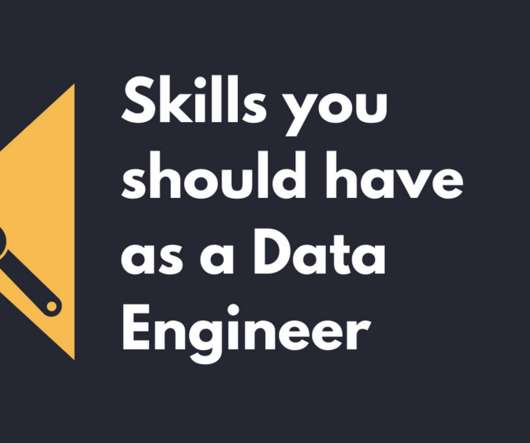
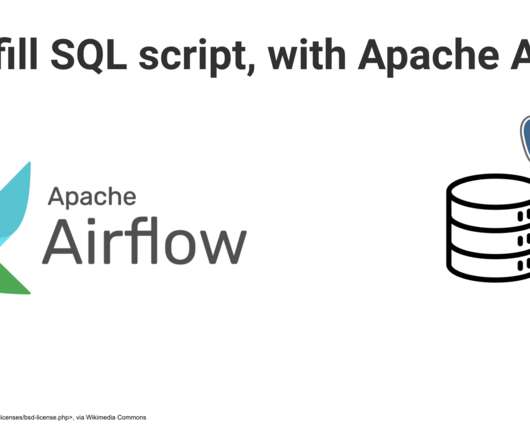




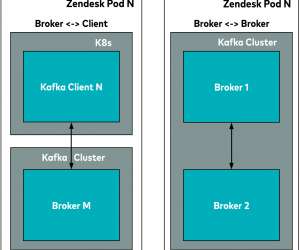

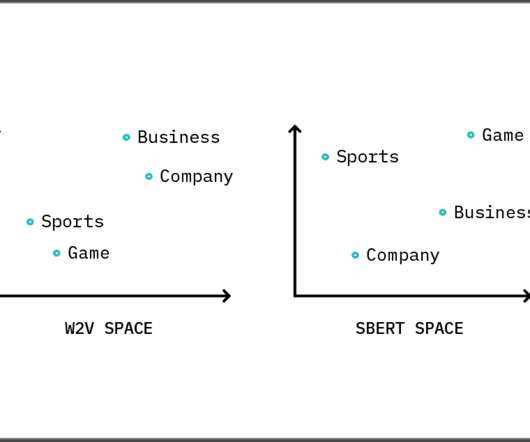

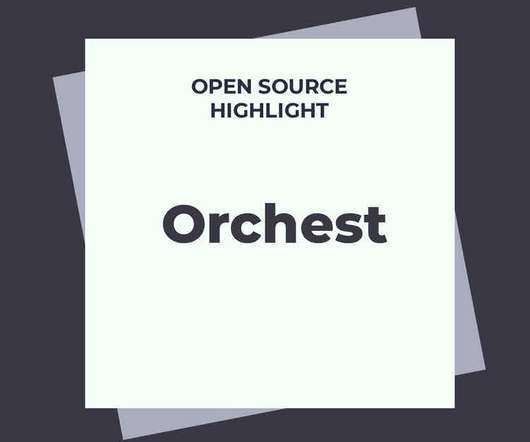







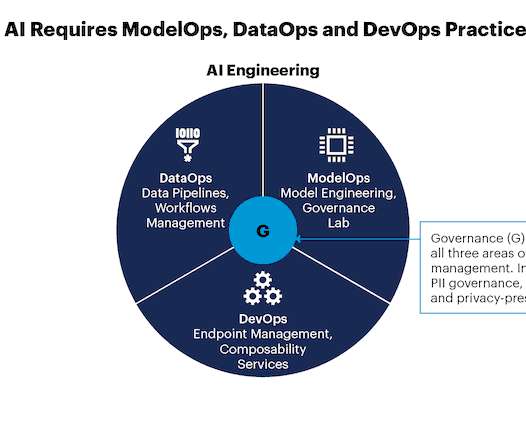






Let's personalize your content